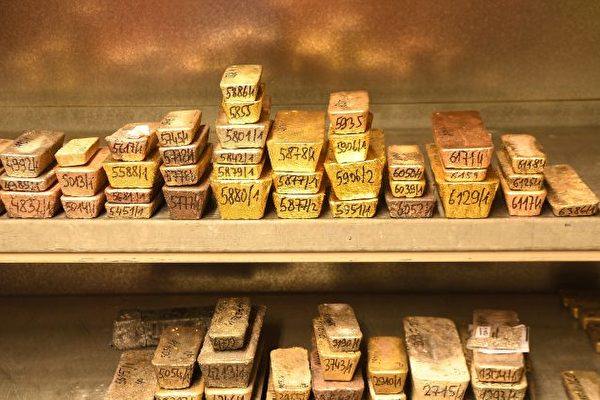In 2024, the price of gold has been skyrocketing, reaching a historical high above $2,400 in late May before pulling back. However, as of early June, gold prices are still up by approximately 13.5% for the year.
According to a report from CBS News, with gold prices near all-time highs, investors are questioning whether it’s still a good time to enter the market or if they should consider investing in other less common precious metals.
While gold prices are nearing historical peaks, considering inflation, the actual value of gold might not be as high as perceived.
Dr. Roger D. Silk, founder and CEO of Sterling Foundation Management, advises that looking at the price alone cannot determine if it’s the right time to invest in gold. “In nominal terms, gold prices are approaching historic highs. Yet, when adjusted for inflation, the current dollar value of an ounce of gold is significantly lower than the peak in 1980.”
Silk suggests that investors may consider incorporating gold into their overall investment portfolio. While most portfolios consist of stocks and bonds, adding up to 10% gold allocation can potentially offer higher returns under the same risk due to diversification benefits that gold provides.
Apart from gold, investors might also consider another precious metal – silver.
Patrick Yip, Senior Director of Business Development at APMEX, a leading online retailer of precious metals, stated that historically, when gold prices surge, silver often follows suit with even more significant gains in the months that follow. If this trend continues, silver could be a promising short-term investment.
However, speculating on silver prices alone carries risks, and investors are advised to understand the fundamental reasons behind investing in silver. Unlike gold, silver has a wider range of industrial uses.
Experts suggest that before considering investments in other precious metals, it’s crucial to have a deeper understanding of them. Dr. Peter C. Earle, a senior economist at the American Institute for Economic Research, warns against hasty investments in other precious metals solely based on them being categorized alongside gold or silver.
This is because other precious metals may not serve as hedge assets like gold and silver.
Yip points out that metals like platinum and palladium, while being precious, are predominantly used in industries, which means their prices could fluctuate based on industrial trends. For instance, palladium surged to around $3,000 per ounce in March 2002 but has dropped below $1,000 per ounce currently. Another metal, platinum, has also shown unstable performance, fluctuating between $700 and $1,200 per ounce since early 2015.
“Rhodium, iridium, osmium, and zirconium are similar – their prices are highly volatile and driven mostly by market factors. One could say there’s no long-term correlation with gold prices,” adds Earle.
Hence, unless investors possess significant expertise in these specific metals, such as in mining or trading circumstances, it’s generally recommended to focus on investing in gold and silver.
Some experts even suggest not classifying silver and gold in the same category, as investing in silver may require more specialized knowledge. Silk emphasizes, “Unless you are a professional in the field, you may want to refrain from investing in silver, platinum, or palladium as they are primarily industrial commodities.”
(This article is intended for general informational purposes only and does not imply any specific recommendations. Epoch Times does not offer advice on investments, tax, legal, financial planning, real estate planning, or other personal financial matters. For specific investment matters, consult your financial advisor. Epoch Times does not bear any investment responsibilities.)

